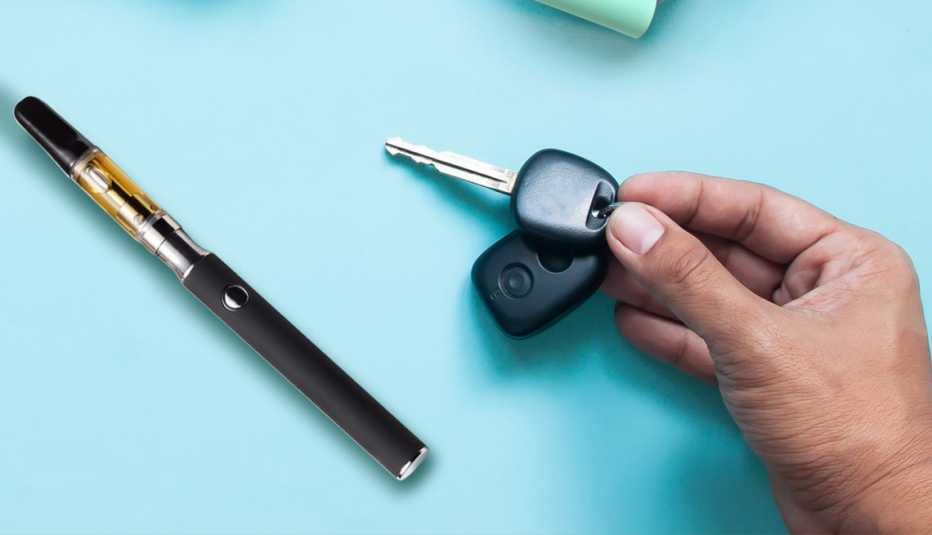Staying Fit




Get paid to drive high? When news of a University of California at San Diego cannabis-and-cars study got over 750,000 views on Twitter in July 2018, lead researcher Thomas Marcotte suddenly had plenty of volunteers. “We had a waiting list of more than 2,000 people,” he says. “We're grateful for the interest. Driving under the influence of marijuana is a complex subject. We don't even know if the standard recommendation to wait three or four hours is accurate.”
Not everyone is waiting for answers. The AAA Foundation for Traffic Safety estimates that nearly 15 million Americans hit the road under the influence of weed in the 30 days surveyed. In a 2019 study of 790 medical marijuana users released earlier this year, 1 in 5 admitted to having driven “very high” and 56 percent said they had gotten behind the wheel within two hours of a dose.


AARP Membership— $12 for your first year when you sign up for Automatic Renewal
Get instant access to members-only products and hundreds of discounts, a free second membership, and a subscription to AARP the Magazine.
Did it affect their driving? “It's clear that cannabis can impair driving. Part of why it's complicated: It depends on method of ingestion, dose and experience, etc.,” says Marcotte, codirector of the U.C. San Diego's Center for Medicinal Cannabis Research. In fact, research shows that marijuana interferes with vital vehicle-handling skills, including reaction time, mental focus, the ability to stay in your lane, even your sense of time and distance. Cannabis use boosts accident risk two- to 14-fold. It also doubles the odds of a fatal collision.
The dangers of driving while high are generally accepted, but whether a driver is “high” is still a matter of debate. Marcotte explains that driving high isn't like driving drunk; there's no easy roadside too-high-to-drive test like a Breathalyzer. There's no consensus on how much cannabis it takes (or how potent it has to be) to make you a driving risk, either. The amount of THC in the blood, breath or saliva, he says, does not closely match with impairment. It also depends on people's experience with cannabis and whether they've developed a tolerance to the effects.
“THC isn't like alcohol,” Marcotte says. “Blood levels of THC don't correspond well with how impaired a driver is. Unlike alcohol, which stays in your bloodstream for hours and dissipates in a linear manner, THC is fat friendly. If you smoke or vape, THC levels spike in your blood, then drop significantly within 30 to 60 minutes as the THC is absorbed into fat in your body — including in your brain, which has a high fat content. So THC levels look low as the euphoria and brain effects of cannabis persist. Adding to the difficulty, low levels of THC can linger in the blood for hours, days or weeks in frequent users but may not affect driving."
It is even harder, Marcotte notes, to “relate THC blood levels and impairment in edibles, where the brain effects take longer to kick in and last much longer than smoking or vaping.”

































































More From AARP
What Is CBD and Does It Work?
Products with the hemp derivative are widely available, but health benefits are unproven
The Future of Marijuana Research
Colorado's CannaVan and a Harvard brain study lead the way
What Medical Marijuana Works For
What studies say about cannabis' effect on chronic pain, MS, depression and other conditions